Birley Fields Campus - Manchester Metropolitan
University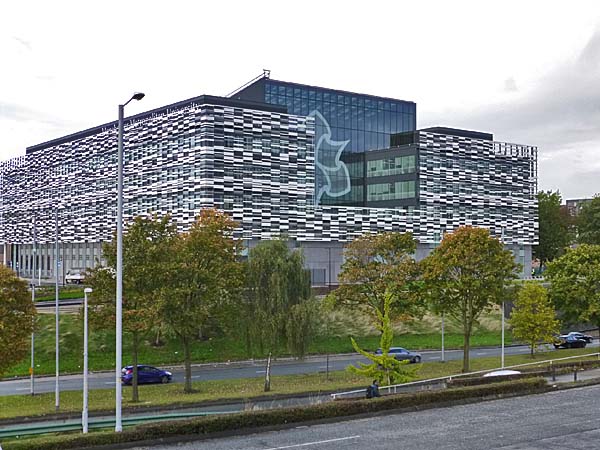 The latest addition to Manchester
Metropolitan University is this development in
Hulme. It involves the Birley Building seen above
and around it a number of student residence halls, an
energy centre and a multi-storey car park. The
campus is built on an area of open ground, known as
Birley Fields, beside Princess Road and just beyond the
Hulme Arch on Stretford Road.
 Access to the site from the All
Saints Campus is via a road bridge at the end of Bonsall
Street and a footbridge just south of the Birley
Building. The name Birley appears to come from Herbert
Birley, who was the first Chairman of the Manchester
School Board (1870-1885), and his family members who
succeeded him in the governance of education in the
city for many years. In 1967 South Hulme
High School was built in the vicinity of this new
university campus and in 1969 it was renamed Birley High
School.
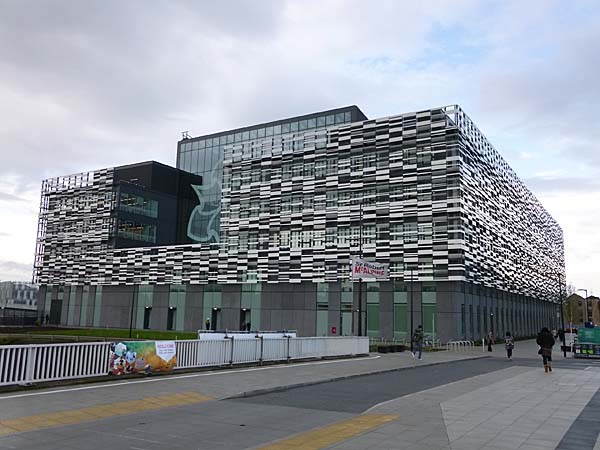 Manchester Metropolitan University's website says that, "The Birley Building is one of the most impressive of its kind, with spacious public areas on the ground floor and outstanding specialist facilities for the training of teachers, healthcare and educational professionals across all disciplines. Faculty of Education and Faculty of Health, Psychology and Social Care staff and students enjoy an innovative learning environment with the added benefit of opportunities for multiprofessional collaboration. The building is designed to be a community oriented campus, and includes lecture theatres, a multi-functional hall, and social learning spaces. The ground floor and large outdoor spaces will be open to the public, and various facilities will be available for community events and activities. During the term-time the academic building will be open 7 days a week, until late into the evening during weekdays and early evening at weekends. These opening times reflect the demand from residential students and the wider student community to gain access to such resources as the Birley Kitchen, Student Hub, and Learning Zones."  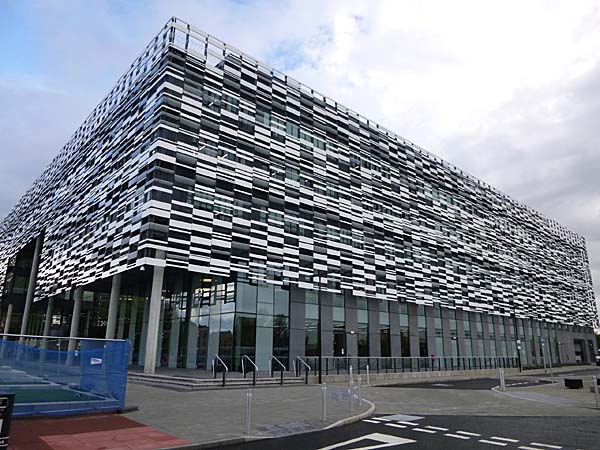
The lead architects for the Birley Fields Campus were Sheppard Robson. They say on their website that, "The campus will provide teaching, office and research facilities alongside student accommodation, an energy centre and 42,000m² of new public realm. Its focal point will be the new academic building for the Faculty of Health, Psychology & Social Care and the Institute of Education, providing 6,500 students, researchers and lecturers with a modern teaching and learning environment. The key design themes for the building are openness, informality and the dissolving of barriers between the community and higher education. It will be clad in a veil of glazed white ceramic and fritted glass panels which change in density across the facade and lift to reveal the community-accessible spaces on the ground floor." 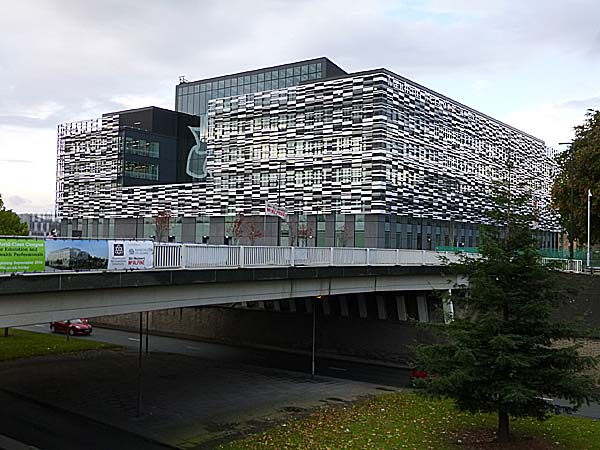 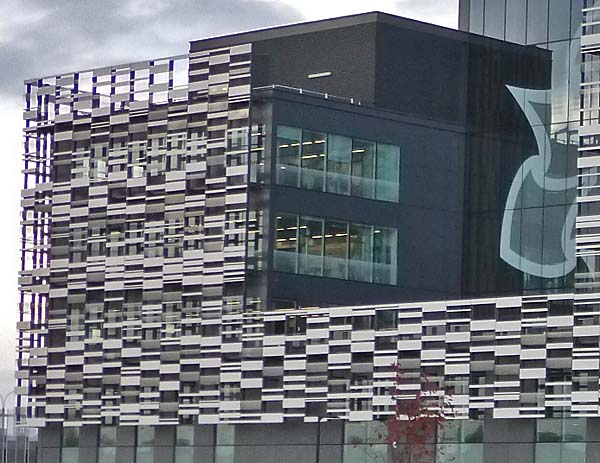 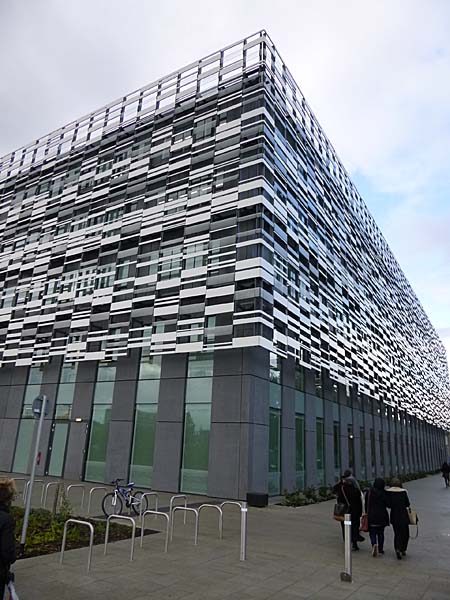  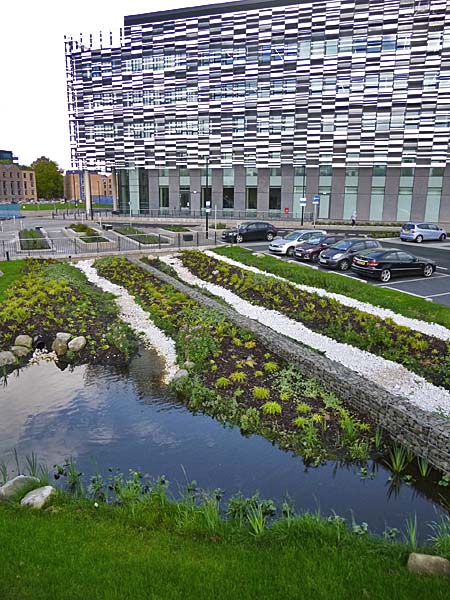 Nearby is a multi-storey car park. 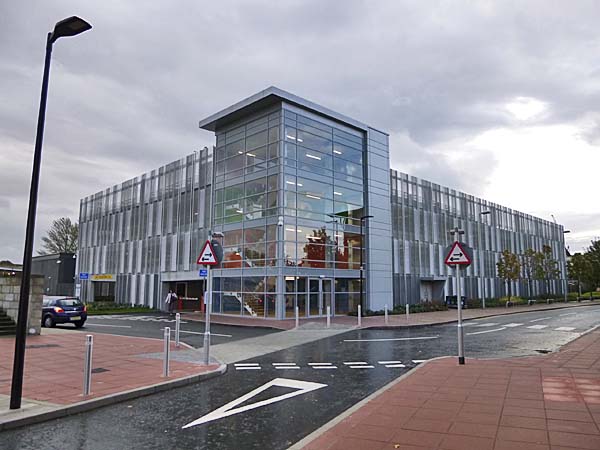 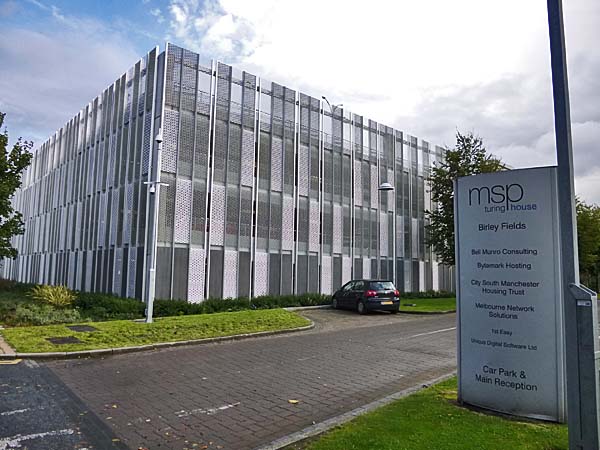 Below: Dunham House during construction. 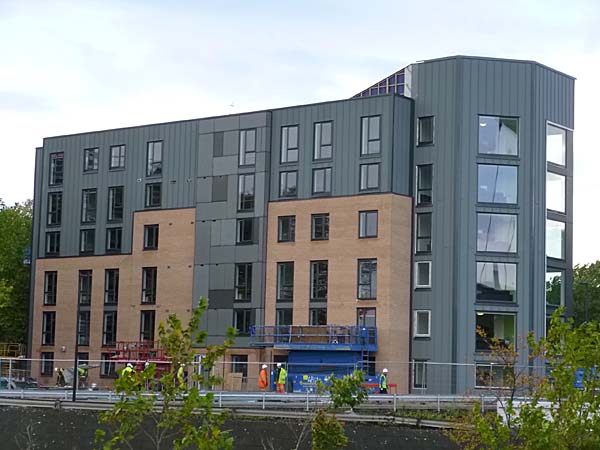 Below: Warde House 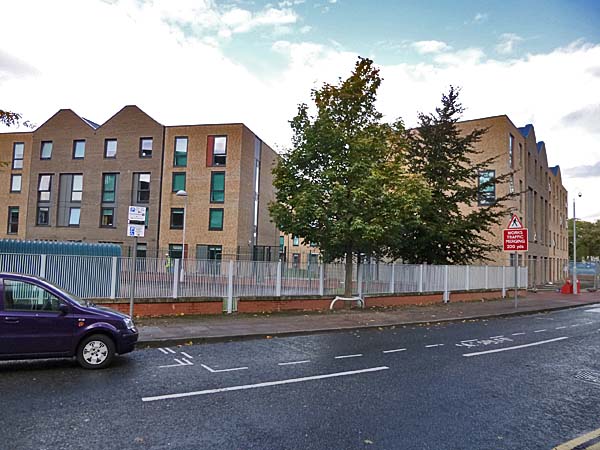 ****************************** The Birley Fields area
has changed dramatically over the last 100
plus years. In the mid 1800s there was
some residential development on the site and
interestingly a workhouse on the corner of
Leaf Street and Stretford Road (indicated by
the red arrow below - the red box marks the
approximate location of the Birley Fields
Campus)
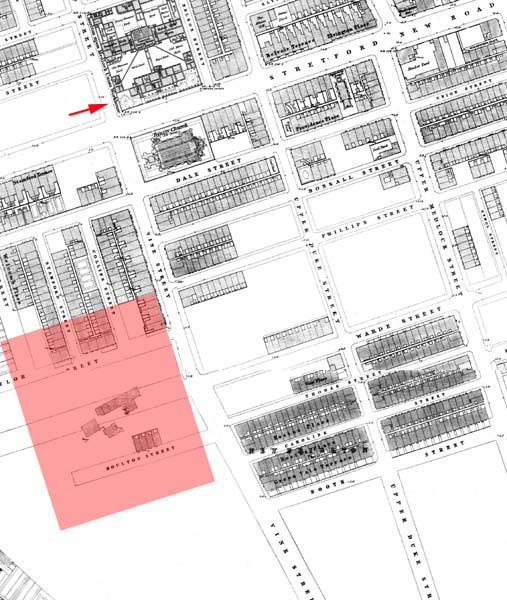 The empty spaces filled
in during the first part of the 20th
century, and on the map below, which is
probably circa 1940s, you can see a dense
pattern of streets which were lined by
terraced housing. (Once again the red
box indicates the position of the new
campus)
 In the 1960s Hulme underwent a drastic redevelopment which saw the terraced houses swept away to be replaced by modern low rise blocks including the infamous Hulme Crescents. The Crescents were located in a block that sat across Stretford Road (indicated by the arrow on the map below). 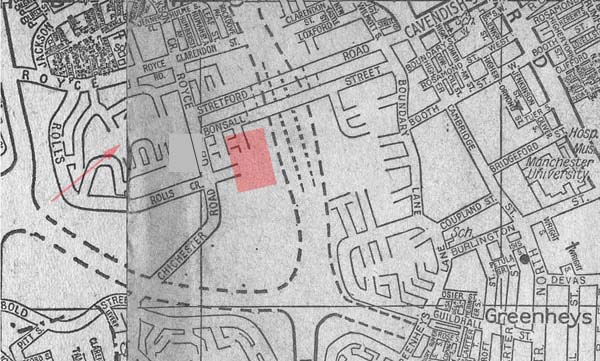 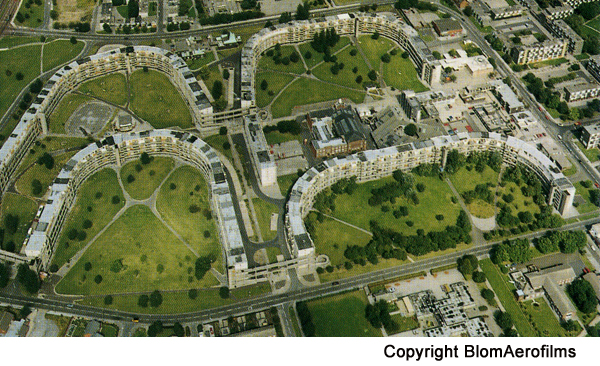 The Crescents went up in 1972 and came down in 1991 after which Stretford Road was re-established and housing in the area of the new Birley Campus was also demolished. This left the open area that became known as Birley Fields. |